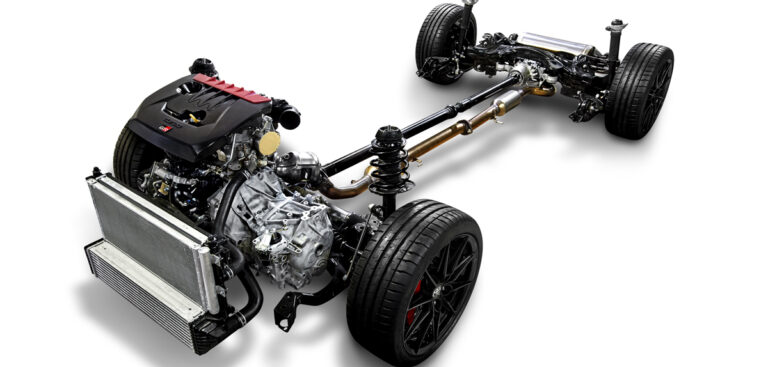Toyota has unveiled its 2020 Gazoo Racing Yaris, and at the heart of Toyota’s latest hot hatch is a turbocharged 1.6-liter engine, which the Japanese OEM claims produces the world’s highest maximum output for a three-cylinder.
Based on the knowledge accumulated by Toyota Gazoo Racing, the in-line three-cylinder direct-injection DOHC engine is a newly developed compact and light high-power unit. Based on the Toyota New Global Architecture, the new unit uses lightweight moving parts to allow high-speed combustion thanks to increased engine revolutions.
And this, in combination with advanced turbocharger tech and air intake and exhaust system innovations, provides a total power output of 272ps and a 370Nm of torque over a wide engine speed range. The potent Toyota unit is combined with a six-speed Intelligent Manual Transmission (iMT).
The GR Yaris employs a 4WD platform. Taking feedback from the WRC, Toyota Gazoo Racing built the GR Yaris from scratch to achieve high body rigidity and balance as well as optimized front and rear suspension geometry.
Toyota’s newly developed 4WD system, which uses a front and rear variable driving force system enabled by a multi-plate clutch, transfers the power of the new engine to all four wheels with minimal loss. Freedom of force distribution between the front and rear wheels has also been increased, making it possible to match road surface conditions.
Production of the GR Yaris will be carried out on a dedicated production line at Toyota’s Motomachi Plant, with assembly carried out by the Takumi team members.


